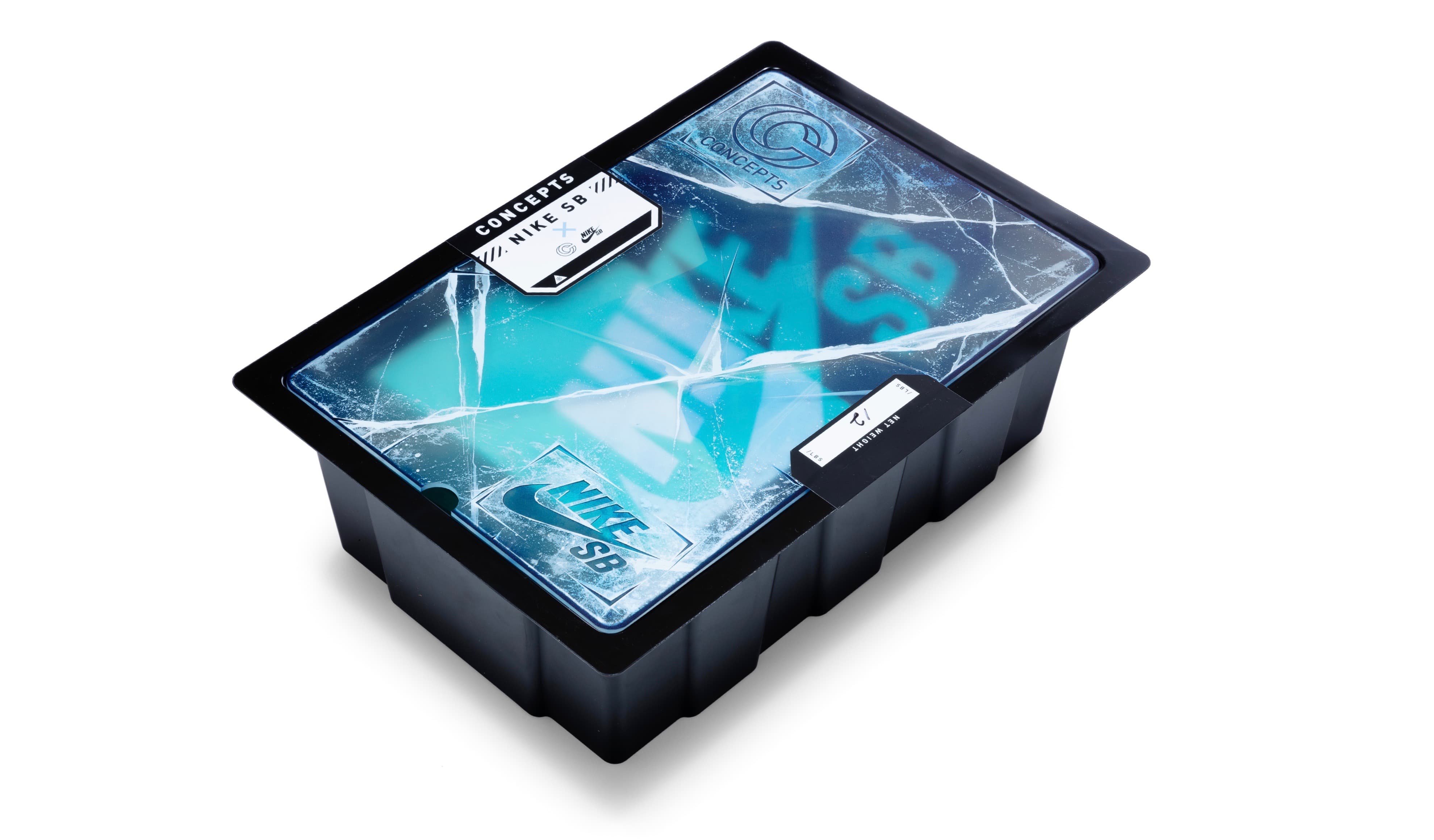All engineers understand that designing a package is one thing, and manufacturing it is another. By enlisting a thermoformer that has in house packaging engineers, product manufacturers can share, or completely outsource, the responsibility of developing the thermoform package to those highly-skilled in design-for-manufacturing methodologies. In doing so, timelines are condensed and unforeseen costs mitigated, because thermoforming engineers are able integrate the challenges and opportunities inherent in the manufacturing process into the packaging developmental process.
There are three common design scenarios for enlisting a thermoformer to manufacture a package: The thermoforming company is given the opportunity to design the packaging from scratch, using the product and customer-provided priorities and requirements; the thermoformer inherits an existing packaging design to replicate; or, the thermoformer is provided a design as a template for what the customer is trying to achieve, with an understanding that it will be modified through collaboration for high quality thermoforming.
In the first scenario, when a highly-skilled thermoformer is is granted full authority over developing the packaging design, the result is a pragmatic and intuitive thermoformed part that meets all expectations. This requires that the thermoform packaging engineer has an intimate understanding of all performance and quality requirements at the start of the project-- information that may not even been known by the customer. This process can be efficient, if there are no assumption to make; or, prolonged, if pertinent information trickles in throughout the developmental process. The packaging development timeline is thus dependent on the thermoform engineer's access to all information, including how the product is loaded (manual vs. automation), critical specifications and tolerances, outer packaging and shipping configuration, validation testing, and more.
If a thermoformer inherits a design/part to replicate, and the part is well-designed and of high-quality, then minimal tweaks may be made for production on custom thermoforming machines. However, if the design needs to be completely re-engineered for quality thermoforming, then the time-to-market is on par with, or even longer then, developing a package from scratch. It is easier to design and build a house from scratch then it is to build a house on a bad foundation.
The last scenario, where the thermoformer is given a design that serves as a model of what the customer is looking to achieve-- with the understanding that the design will be optimized for manufacturing-- time-to-market and cost can be most aggressive; this is because there are no assumptions made, because the customer-provided model is the brain child of the product or packaging engineer, who has taken great care in developing the ideal thermoform design.
Regardless of the scenario taken, the goal of any thermoform engineer is to manifest the design expectations of the customer into a high quality production part. Be these expectations communicated at the start, middle, or end of the packaging developmental process, a skilled-thermoformer is able to ensure that the functional and quality requirements are designed into the package, mitigating the challenges inherent in the thermoforming process.
Dordan design-for-manufacturing case study: Dordan collaborates with Concepts International on the development of a thermformed shoe box for Nike's SB Green Lobster sneaker debut. Click here for the story in Packaging Digest.

